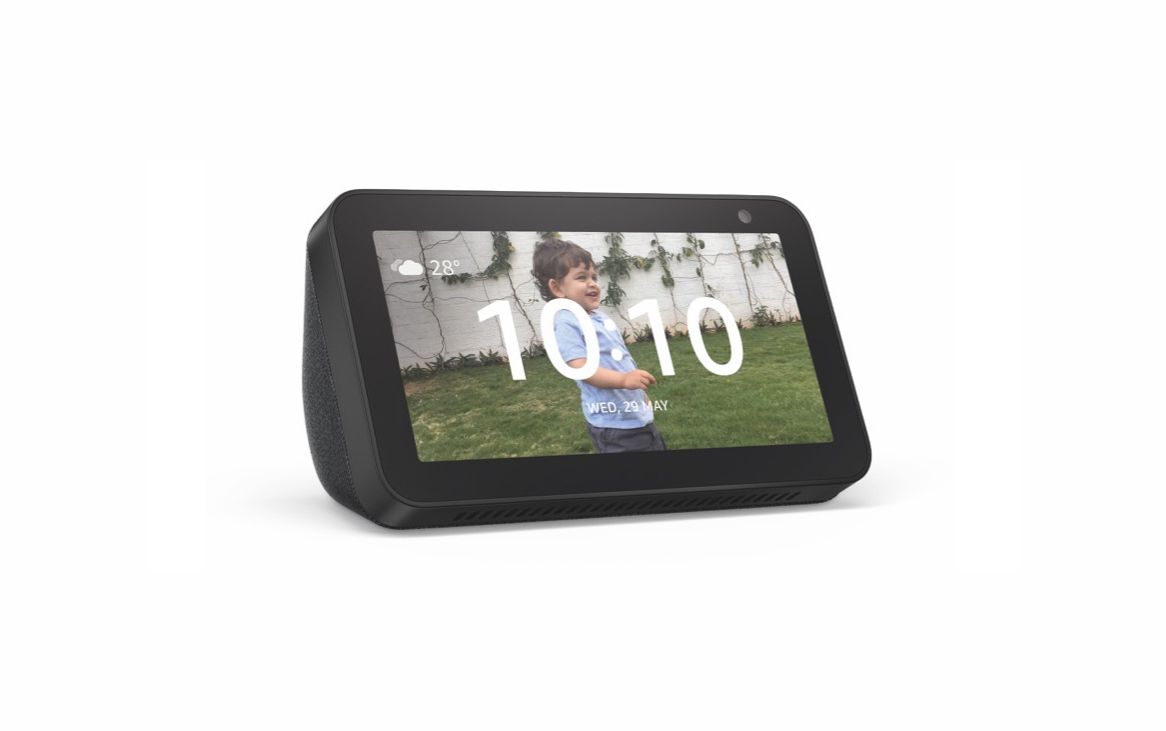Amazon is looking to use radar to track how you sleep, according to uncovered FCC filings. This may work in a similar way to how the Google Nest Hub uses Soli's radar to track how you sleep without the need for it to be attached to you like most conventional sleep trackers. The feature could come in the next iteration of the Amazon Echo Show.
The FCC filings made on June 22 (found by Bloomberg via The Verge) specifically request permission to market a device using radar, something that Google had to do when it created the Nest Hub and the Pixel 4 with Soli technology. The filing says that it captures movement in three dimensions, enabling a user to control its features through simple gestures and movements. It will also enable "contactless sleep tracing functionalities," which the company says can help people "with mobility, speech, or tactile impairments." It also says that it could monitor sleep with a high degree of precision.
“The use of Radar Sensors in sleep tracking could improve awareness and management of sleep hygiene, which in turn could produce significant health benefits for many Americans,” Amazon said in its filing. “Radar Sensors will allow consumers to recognize potential sleep issues.”
The FCC has approved the filing, and other information uncovered includes that it will not be a mobile device. This is Amazon's latest step into the health technology sphere, having introduced Amazon Halo in the latter half of last year. The Halo is a fitness tracker that doesn't have a screen, though it has all the usual features such as activity tracking, heart rate monitoring, and sleep tracking. What makes Halo unique is its ability to track a wearer’s emotional state by listening to the tone of their voice, and also estimate a user’s body fat percentage by taking a three-dimensional render of their body using the companion app.
Amazon has already demonstrated a unique take on the fitness tracker, and it'll be interesting to see what the company does with a radar-powered sleep tracker, and whether or not it can do a better job that the Google Nest Hub.

